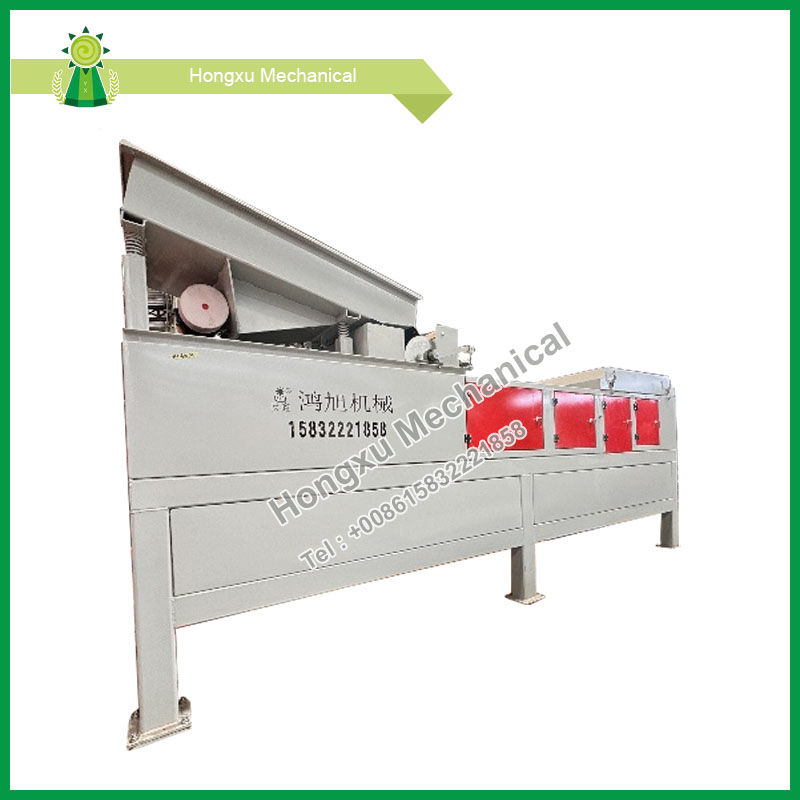How Does an Eddy Current Separator Work?
2025-02-05
Eddy current separators (ECS) play a crucial role in modern recycling and metal separation processes. They are designed to separate non-ferrous metals, such as aluminum, copper, and brass, from mixed waste streams. This technology is widely used in industries such as recycling, mining, and waste management. But how exactly does an eddy current separator work? Let’s dive into the science behind it.
The Principle of Eddy Currents
Eddy current separators operate based on electromagnetic induction. When a conductor, such as aluminum or copper, moves through a changing magnetic field, it induces circulating electrical currents within the material. These currents, known as eddy currents, create their own opposing magnetic field, which results in a repulsive force. This force pushes the non-ferrous metal away from the rest of the material stream, enabling separation.
Components of an Eddy Current Separator
An eddy current separator consists of several key components:
1. Conveyor Belt System – Transports mixed materials to the separator.
2. Magnetic Rotor – A fast-rotating drum containing powerful rare-earth magnets.
3. Non-Magnetic Shell – Encases the rotor while allowing material to pass over it.
4. Splitter or Diverter – Physically separates the repelled non-ferrous metals from other materials.
5. Frame and Support Structure – Provides stability and houses the entire system.

How the Separation Process Works
1. Material Feeding: The mixed material stream, consisting of both ferrous and non-ferrous metals, along with other waste, is fed onto a conveyor belt.
2. Magnetic Rotor Action: As the material moves towards the rotating magnetic drum, the strong alternating magnetic field induces eddy currents in the non-ferrous metals.
3. Repulsion of Non-Ferrous Metals: The induced eddy currents generate an opposing magnetic field, causing the non-ferrous metals to be repelled and ejected from the waste stream.
4. Collection of Separated Materials: The separated non-ferrous metals are directed into a designated collection area, while the remaining materials fall into a different container.
Applications of Eddy Current Separators
ECS technology is widely used in various industries, including:
- Recycling Facilities – To recover valuable metals from municipal solid waste, shredded automobiles, and electronic waste.
- Mining and Mineral Processing – To separate valuable non-ferrous metals from crushed ore.
- Plastics Industry – To ensure metal-free plastic recycling streams.
- Scrap Yards – To sort and recover aluminum, brass, and copper from mixed scrap.
Advantages of Using Eddy Current Separators
- Efficient Metal Recovery: Maximizes the extraction of valuable non-ferrous metals.
- Reduces Waste Contamination: Enhances the purity of recycled materials.
- Non-Contact Process: Minimizes wear and tear compared to mechanical separation methods.
- Cost-Effective: Improves recycling efficiency and reduces the need for manual sorting.
Conclusion
Eddy current separators are an essential part of modern recycling and waste processing, ensuring efficient recovery of valuable non-ferrous metals. By utilizing electromagnetic induction, these machines provide a reliable, fast, and effective method for separating metals from mixed waste streams. As recycling and sustainability continue to gain importance, the role of eddy current separators will become even more vital in achieving cleaner and more efficient material recovery.


